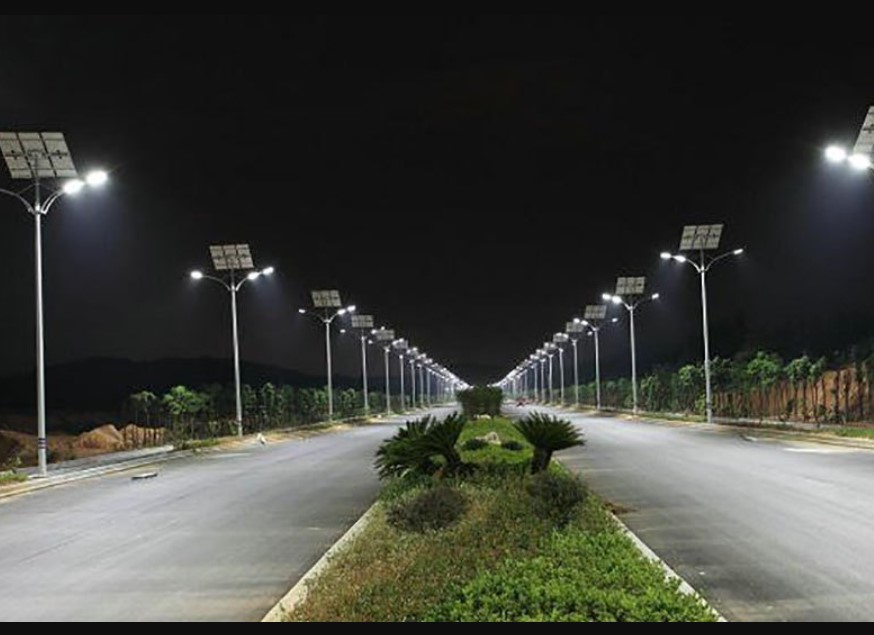
Maximizing Efficiency: Strategies for Effective Street Light Control
Street lighting is a vital component of urban infrastructure, enhancing safety, security, and visibility for pedestrians and drivers alike. However, inefficient street lighting systems can contribute to unnecessary energy consumption and environmental impact. Maximizing efficiency in street light control is essential for reducing energy costs, minimizing light pollution, and optimizing overall system performance. In this article, we’ll explore strategies and technologies for effectively managing street lights to achieve these goals.
Understanding the Importance of Efficient Street Light Control:
- The significance of street lighting in urban environments.
- Impact of inefficient street lighting on energy consumption and costs.
- Environmental implications of light pollution and its effects on ecosystems and human health.
- The need for adaptive and responsive street light control systems to address these challenges.
Traditional vs. Smart Street Lighting Systems:
- Overview of traditional street lighting systems and their limitations in terms of energy efficiency and control.
- Introduction to smart street lighting systems equipped with sensors, controls, and communication technologies.
- Benefits of smart street lighting, including energy savings, reduced maintenance costs, and improved visibility.
- Case studies highlighting successful implementations of smart street lighting in various cities worldwide.
Advanced Control Strategies for Street Lights:
- Time-based scheduling: Programming street lights to turn on and off at specific times based on traffic patterns and daylight hours.
- Motion sensors: Utilizing motion detection technology to activate street lights only when motion is detected, conserving energy during periods of low activity.
- Dimming capabilities: Adjusting the brightness of street lights based on ambient light conditions or traffic density to further optimize energy usage.
- Remote monitoring and control: Implementing centralized control systems to monitor street light performance, diagnose faults, and adjust settings remotely for efficient maintenance.
Integration with Smart City Infrastructure:
- Leveraging street light networks as a part of broader smart city initiatives.
- Integration with traffic management systems, public safety platforms, and environmental monitoring networks for enhanced efficiency and functionality.
- Synergies with IoT (Internet of Things) devices and data analytics to provide real-time insights and predictive maintenance capabilities.
Overcoming Challenges and Implementation Considerations:
- Cost considerations associated with upgrading to smart street lighting systems.
- Compatibility with existing infrastructure and interoperability between different technologies and vendors.
- Addressing privacy concerns related to data collection and surveillance in smart street lighting networks.
- Stakeholder engagement and public outreach to garner support and address community concerns during the implementation phase.
Future Trends and Innovations in Street Light Control:
Continued advancements in sensor technology, communication protocols, and energy-efficient lighting technologies.
Integration of renewable energy sources such as solar and wind to power street lighting systems.
Adoption of machine learning algorithms for predictive analytics and adaptive control strategies.
Emerging concepts such as “human-centric lighting” aimed at improving well-being and comfort through tailored lighting solutions.
Conclusion:
Efficient street light control is essential for creating safer, more sustainable urban environments. By embracing smart technologies and implementing advanced control strategies, cities can minimize energy waste, reduce light pollution, and enhance overall quality of life for residents and visitors alike. As we continue to innovate and integrate street lighting systems into broader smart city frameworks, the potential for maximizing efficiency and effectiveness will only continue to grow.




